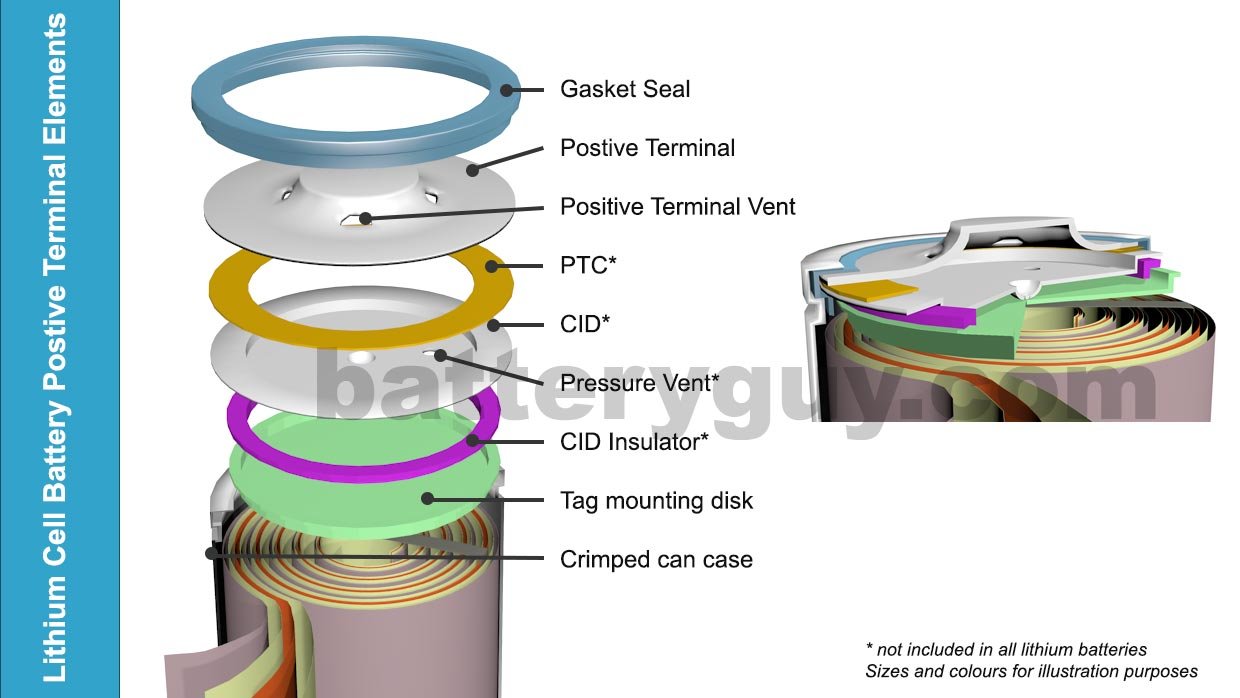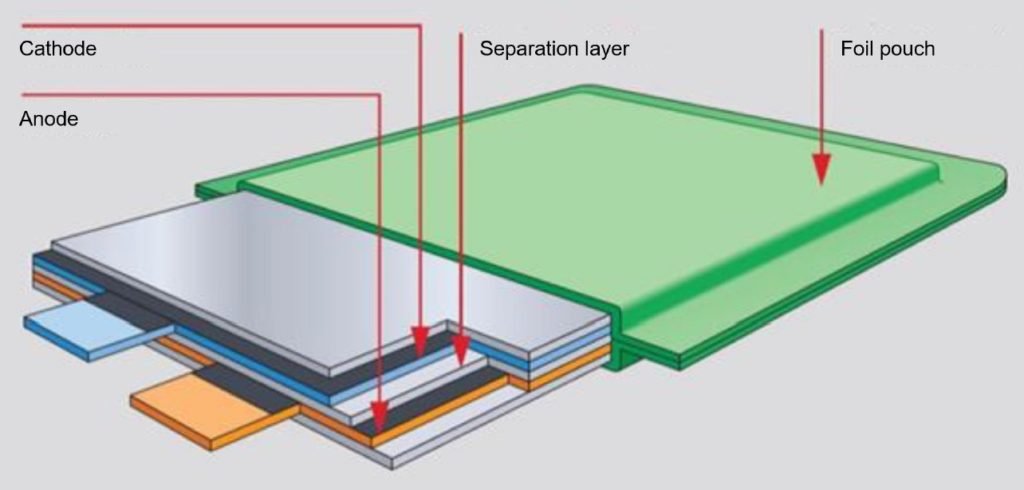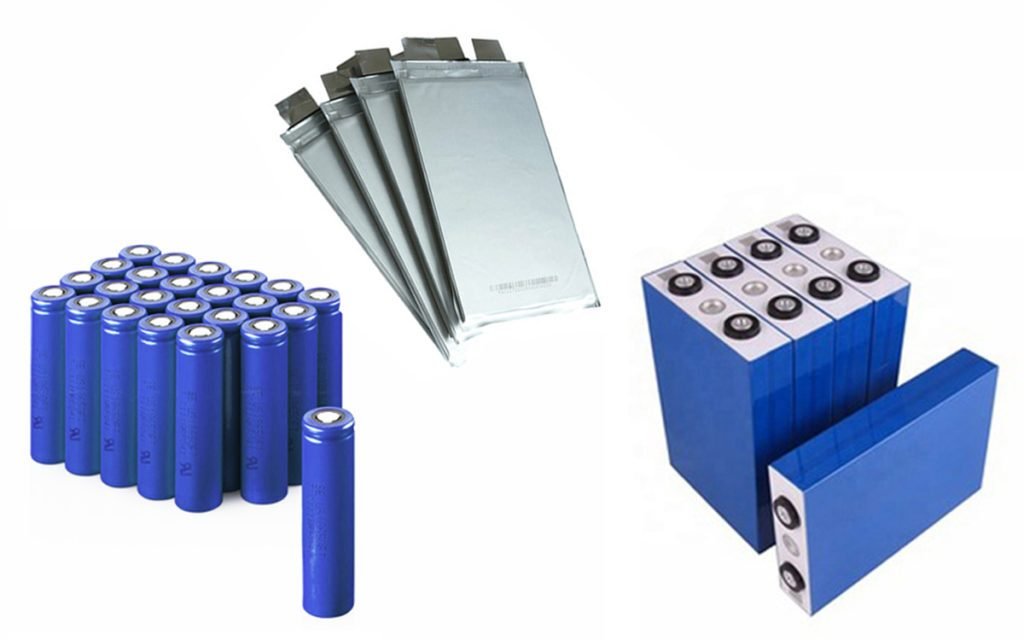Introduction
Lithium cells are a type of battery that uses lithium as its anode. The Lithium cells were first developed in the early 1970s, and have since become the most widely used type of battery in the world. Lithium batteries are used in a variety of applications, including consumer electronics, electric vehicles, and industrial equipment.
They have a number of advantages over other types of batteries. Lithium batteries have a higher energy density than other types of batteries, meaning that they can store more energy per unit volume. Lithium batteries also have a longer life span than other types of batteries and can be recharged more times before needing to be replaced.
They also have a lower self-discharge rate than other types of batteries, meaning that they will retain their charge for longer periods. Lithium batteries are also more environmentally friendly than other types of batteries, as they do not contain heavy metals or toxic chemicals.
The uses of lithium cells

The rechargeable lithium cells are used to power portable electronic devices like mobile phones, computers, laptops, and digital cameras. This is due to the fact that they have a high voltage of operation, their high density, and lack of memory effect. The Lithium batteries have a higher energy density than other types of batteries, meaning that they can store more energy per unit volume. Lithium batteries also have a longer life span than other types of batteries and can be recharged more times before needing to be replaced. The Lithium batteries are also more environmentally friendly than other types of batteries, as they do not contain heavy metals or toxic chemicals.
The disposable lithium cells are used in devices that require a single use of battery power like remote controls, smoke detectors, and clocks. This is because they are cheaper to manufacture and their voltage stays stable during their entire discharge period.
How lithium cells work
If you remove the top cover of your lithium battery, you will notice that the anode and cathode are separated by a thin paper or plastic separator. The separator allows electrons to flow from the anode to the cathode but prevents Lithium ions from flowing in the opposite direction.
The anode of a Lithium cell is made from Lithium metal. The Lithium metal is in contact with a Lithium-containing compound, such as Lithium oxide. Lithium metal is the active material that is reduced during discharge, while the Lithium-containing compound is the active material that is oxidized during discharge.
The cathode of a Lithium cell is made from a Lithium-containing compound, such as lithium cobalt oxide. The Lithium-containing compound is in contact with a metal oxide, such as cobalt oxide. The Lithium-containing compound is the active material that is oxidized during discharge, while the metal oxide is the active material that is reduced during discharge.
The electrolyte of a Lithium cell is a Lithium salt in an organic solvent. The Lithium salt provides a conductive path between the anode and cathode for Lithium ions. The organic solvent helps to keep the Lithium ions in the solution and prevents them from precipitating out of the electrolyte.
When a Lithium cell is discharged, lithium ions flow from the anode to the cathode through the electrolyte. At the same time, electrons flow from the anode to the cathode through an external circuit. During discharge, the Lithium metal is oxidized to lithium ions, and the Lithium-containing compound in the cathode is reduced to Lithium ions. The Lithium ions are then inserted into the crystal structure of the metal oxide.
Cylindrical Lithium Cells
A cylindrical lithium cell looks like a traditional lead-acid battery. The cylindrical Lithium cell has a cylindrical positive electrode (cathode) and a flat negative electrode (anode). The electrodes are separated by a separator, and the entire cell is immersed in an electrolyte.
The most common type of cylindrical Lithium cell is the 18650 cell. The 18650 cell is 18mm in diameter and 65mm in height. The 18650 cell is the standard size for laptop batteries.
Prismatic Lithium Cells
A prismatic Lithium cell has a flat, rectangular positive electrode (cathode) and a flat, rectangular negative electrode (anode). The electrodes are separated by a separator, and the entire cell is immersed in an electrolyte.
Prismatic Lithium cells are more expensive to manufacture than cylindrical Lithium cells, but they have a higher energy density. Prismatic Lithium cells are often used in battery packs for cell phones and electric vehicles.
Pouch Lithium Cells

A pouch Lithium cell has a flat, rectangular positive electrode (cathode) and a flat, rectangular negative electrode (anode). The electrodes are separated by a separator, and the entire cell is enclosed in a heat-sealed pouch.
Pouch Lithium cells are more expensive to manufacture than cylindrical Lithium cells, but they have a higher energy density. Pouch Lithium cells are often used in battery packs for cell phones and electric vehicles.
Lithium cells have several advantages over other types of batteries. They have a higher energy density than other types of batteries, so they can store more energy in a given volume. Lithium batteries also have a lower self-discharge rate than other types of batteries, so they can hold their charge for longer periods. The Lithium cells are also more resistant to temperature extremes than other types of batteries.
Lithium cells have some disadvantages as well. They are more expensive than other types of batteries. Lithium batteries are also more sensitive to overcharging and over-discharging than other types of batteries. They can also be damaged if they are allowed to discharge too deeply.
Lithium cells should be charged with a Lithium-ion battery charger. Lithium-ion battery chargers are designed to charge Lithium batteries safely and efficiently. Lithium-ion battery chargers typically have three stages: pre-charge, constant current, and constant voltage.
Charging a Lithium Cell
Pre-charge is the first stage of charging. During pre-charge, the Lithium-ion battery charger applies a low voltage to the Lithium battery. The low voltage helps to prevent overheating and overcharging.
Constant current is the second stage of charging. During the constant current, the Lithium-ion battery charger applies a constant current to the Lithium battery. The constant current helps to charge the Lithium battery quickly and efficiently.
Constant voltage is the third stage of charging. During constant voltage, the Lithium-ion battery charger applies a constant voltage to the Lithium battery. The constant voltage helps to prevent overcharging.
Lithium batteries can be discharged in two ways: by using a Lithium-ion battery charger, or by using a Lithium-ion battery pack. Lithium-ion battery packs are designed to discharge Lithium batteries safely and efficiently. Lithium-ion battery packs typically have two stages: constant current and constant voltage.
Discharging Lithium Cells
Constant current is the first stage of discharge. During the constant current, the Lithium-ion battery pack applies a constant current to the Lithium battery. The constant current helps to discharge the Lithium battery quickly and efficiently.
Constant voltage is the second stage of discharging a lithium cell. During constant voltage, the Lithium-ion battery pack applies a constant voltage to the Lithium battery. The constant voltage helps to prevent over-discharging.
Conclusion
Lithium Cells are important across the power and portable devices industry. Learning how to handle them is very key to ensuring the safety of both persons and the environment. If you need any lithium cell products, please reach out to us and we will be glad to serve you. You can order from our available products or request OEM/ODM customization. Thank you!

